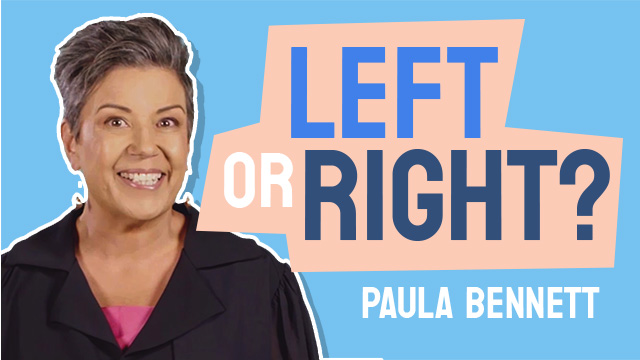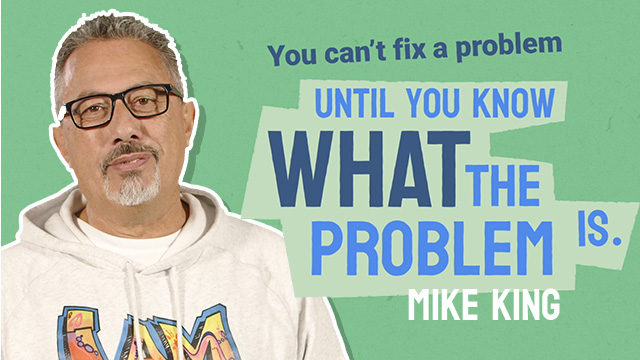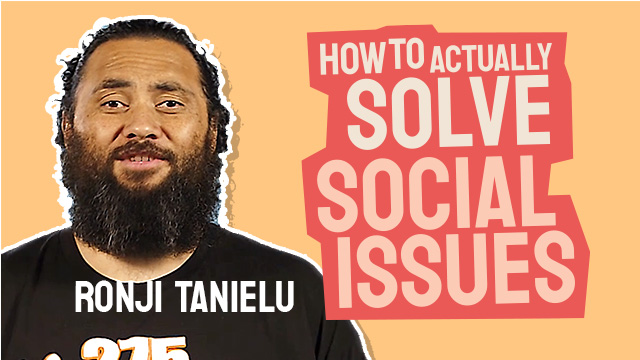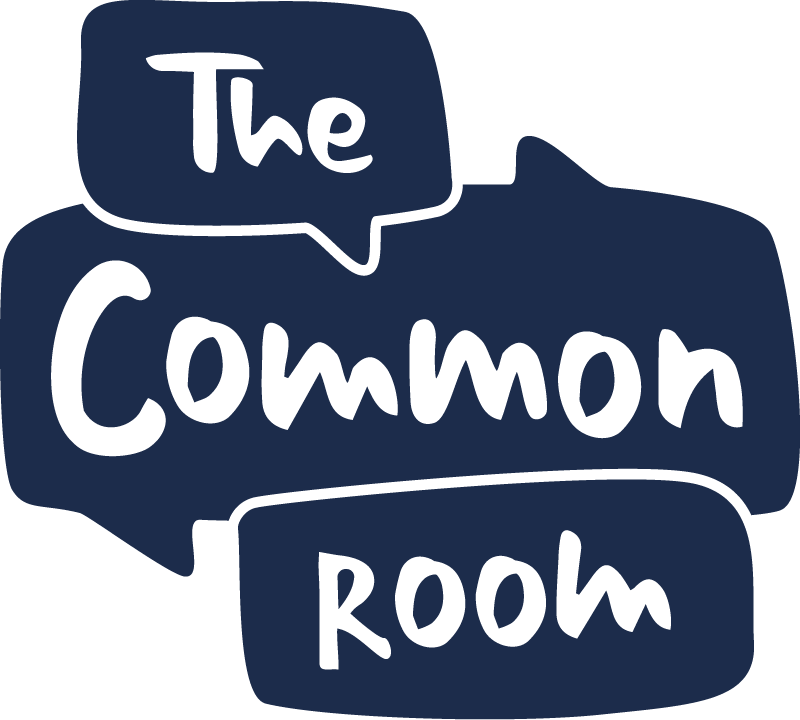The Population Problem
Marcus Roberts, Senior Researcher, Maxim Institute
13 November 2022, 8.3k views
Our population is ageing and fertility rates are declining. In the 1970s there were about 6 working aged people for every retiree. Currently there are about 4. By the middle of this century, there will be only 2.5. So how will this impact us? Will we even have the workforce to provide the services we need? Join Marcus from Think Tank Maxim Institute as he looks at what we can expect in 2050 and why it’s important to start planning for our changing demography now.
Have you ever stopped to wonder what our population will look like in 2050?
Well, if you have, lucky for you! I have a time machine right here.
You don’t like that one? Don’t worry, I have another one right here.
Let’s jump forward to the middle of the 21st century.
Aotearoa New Zealand. In the year 2050 our population will be larger, and our cities are more congested. If you don’t like rush hour now, just wait. By the middle of this century Stats New Zealand predicts that our population will have grown from 5.1 million to around 6-7 million people.
There may be more of us in 2050, but our population will be growing much more slowly. From 2000 to the year 2020 New Zealand’s growth rate was somewhere between 1 and 2% per year.
By the middle of the century, our population growth will be much lower: around 0.5% per year. There is even a good chance that our population will be shrinking.
Why?
Population growth comes from two sources: natural increase from inside New Zealand and net migration from overseas.
Natural increase is simply the number of babies born minus the number of people who have died.
Net migration is the number of people who move to New Zealand minus the number of people who have left for overseas.
New Zealand’s natural increase is trending downwards as our number of deaths steadily rises.
The only way to reverse this trend is to have more babies.
To keep the natural increase at zero over the longterm the average number of babies each woman has in her life timeneeds to be around 2.1. That’s one baby for mum, one for dad and a little bit extra to take into account accidents.
Now for a number of decades our fertility rate stood at around 2.1. However, since 2012 New Zealand’s fertility rate has dropped by a fifth. It now sits at 1.7 babies per woman.
This is why Stats NZ is predicting a 25% chance that there will be natural decrease, more deaths than births, before 2050 in New Zealand. We need to get used to going to fewer baby showers and to more funerals.
And if want our population to grow or even to remain steady, then expect to see more migration.
But no matter what is happening to our overall growth rate, we will be a much older country in 2050.
By then one in four kiwis will be over the age of 65.
At the same time, the proportion of the population who are working aged will decrease. In the 1970s there were about 6 working-aged people for every retiree. Currently, there are about 4. By the middle of this century, there will be only 2.5.
So what can we learn from our trip to the future?
First, our superannuation and health costs will rise significantly. About 1 in every 8 dollars the Government spends currently goes to superannuation. Assuming current policy settings stay the same the Government will be spending roughly 1 in 4 dollars on superannuation in 2050.
We need to figure out now how we are planning on paying for these increased costs. Will we increase taxes; reduce entitlements for the elderly; increase our national debt; or reduce spending elsewhere?
We also need to be aware that in the years to come we will not be the only country in the market for overseas labour. The UN predicts that over the next few decades migration will be the sole driver of population growth in high-income countries. If we want to continue to attract migrants to our shores, we will need to ensure that our migration policies are consistent, clear and internationally competitive.
But Marcus! I hear you say, we should be aiming for a shrinking population. After all, it’s better for resources, the environment and for our infrastructure. Well, assuming that’s true, we need to decide what we want to give up. People aren’t only consumers, but also producers. And fewer people means less of everything. Less money for health and education. Less innovation. Less investment. You think it’s hard to get a tradie now? Just wait until our population is shrinking, no one is willing to migrate to our shores, and the only plumber available is 73 years old.
It is sometimes said that “Demography is Destiny”. But our response to demographic change is not written in the stars. Time travel can tell us what the future might be, shouldn’t we start talking about what to do about it?
I’m Marcus Roberts, Senior Researcher at the Maxim Institute, for The Common Room.




